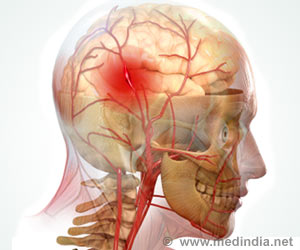
The study focused on evidence for the existence of a "social map" in the hippocampus, the part of the brain that remembers locations in physical space and the order in which events occur. While previous studies had suggested that the hippocampus records a 3-dimensional representation of our surroundings when a key set of nerve cells fires, how the hippocampus contributes to social behavior had not been previously described.
By quantifying the response patterns of people making decisions based on social interactions, they found that the hippocampus tracks relationships, intimacy and hierarchy within a kind of social map, said researcher Rita Tavares, adding that the data suggests a common mechanism for how the brain codes for physical space, time and for social relationships.
Researcher Daniela Schiller said that they found that participants who reported better social skills showed better hippocampal tracking of the movement of the game characters through that social space.
Navigating through social space may be relevant to many disorders that impair social cognition, such as sociopathy, borderline personality disorder, schizophrenia, depression and autism. Many of these disorders are known to involve hippocampal dysfunction. The current study results predict that an impaired geometric representation of social space in the hippocampus may accompany social dysfunction across psychiatric populations.
Further exploration of these hypotheses could lead to improved diagnostic and therapeutic options for several psychiatric populations. The study is published in the journal Neuron.
Advertisement










